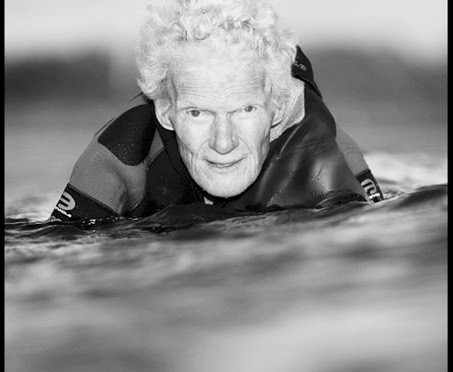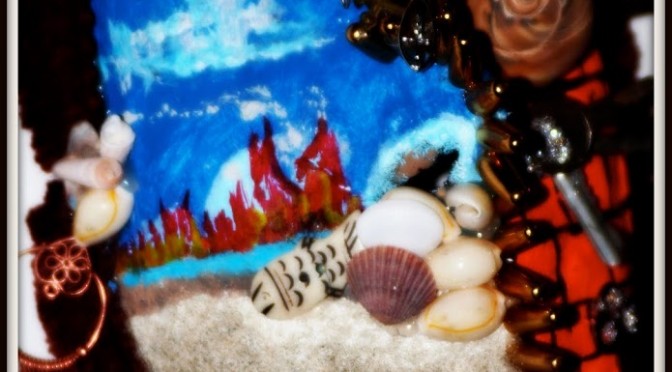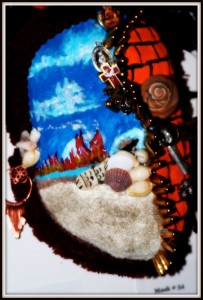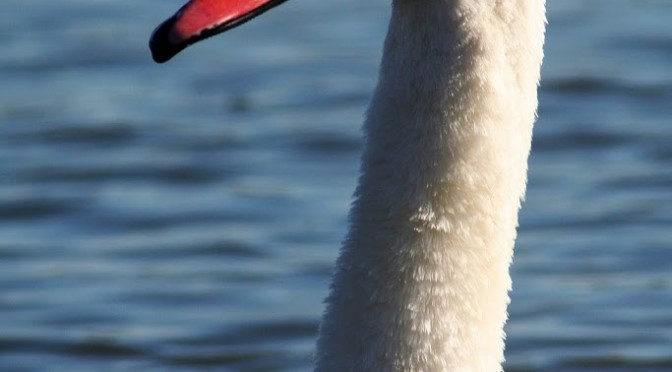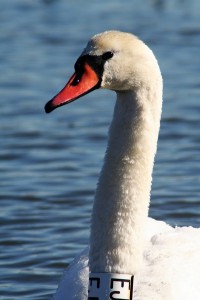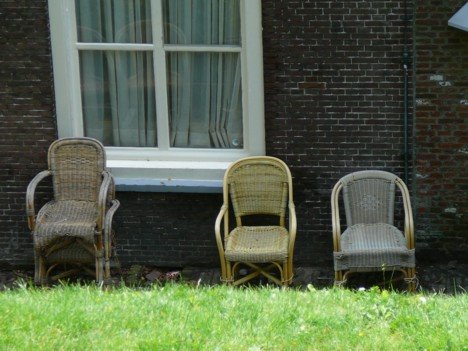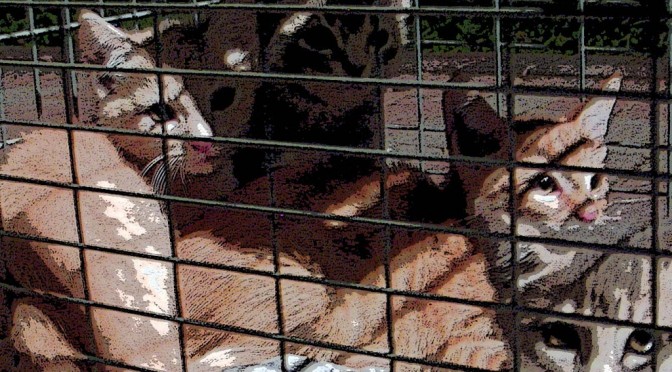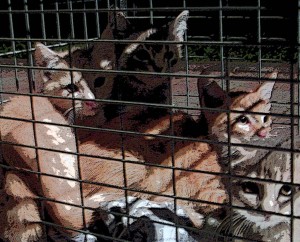 “Living is easy with eyes closed,
“Living is easy with eyes closed,
Misunderstanding all that you see…”
–Strawberry Fields
Statistics from the National Low-Income Housing Coalition indicate that the average “housing” wage needed to afford a two bedroom apartment in NJ is approximately $23.00 per hour. A “living” wage, which would also include the costs of food, utilities, daycare, transportation, insurance and the other expenses of family life would have to be… how much more? Half again, at least? Considering that the “minimum” wage in NJ is just $7.15 per hour, most of our preschool teachers, home health aides, security guards, accounting clerks, cashiers and receptionists would have to work three full-time jobs just to pay the rent.
Read that again, maybe. There’s not enough hours in a week, I don’t think.
Is it the same where you live? Do you even care?
I got to do something really fun for work today. Each year, counties in NJ and across the country, conduct a survey of the homeless population. The data gathered includes questions on how long a person or family has been homeless, how many times they have experienced homelessness in the previous three years, what incidents may have led to their homelessness and where they stay during their time homeless (hotel, shelter, on the streets, etc.) The survey asks about the services they may need, what they have been turned down for, and what they currently receive in an attempt to measure gaps in local services. The information gathered is used to justify federal grants for homeless services.
It’s a fine opportunity for local politicians to get their photo in the paper serving lunch at the soup kitchen down the street and for social workers like me to do something a little different. I’m asked to help out because I’m bilingual and because we have a good number of undocumented workers in our area that are needy and under-served by community resources.
I spent the day completing silly surveys, handing out donated winter coats, blankets, toothbrushes and interpreting for the visiting nurses who were doing free health screenings. And listening to stories. Wonderful stories from hard-working people who have a lot to offer. Some of my coworkers were out before dawn at the places where illegals gather to find work, in order to connect them with basic services like free clinics and food pantries and legal aid. Others were in mobile units visiting the homeless in abandoned buildings, or along the boardwalk, or in tent communities in the woods.
Yes, people live in the woods. Working people.
Does that surprise you? Anger you maybe, I hope?
A great many of us live with blinders on, I suppose, or imagine the poor to be deserving of the card that life has dealt them. They’re mostly lazy and like living off government handouts, right?
Do you know that cash assistance grants to families on welfare haven’t increased in more than 21 years? That a mother and child on welfare receive just $322 a month, plus a similiar amount in foodstamps, to live on? How long would $322 plus some milk and bread last you?
Pfft.
I’m faced with these numbers everyday when I do my federally-mandated job of promoting self-sufficiency for my clients. We work on budgets and planning for the future and how to make things better. The best many can hope for is a minimum wage job, which in turn, will trigger a loss of free daycare, free health insurance, free transportation and free or reduced housing. How can I sincerely push them into a full-time job that’ll keep them well below federal poverty standards and with no safety net?
None of these people are truly homeless, of course. We’ll put them up, if need be and for the sake of the children, in some seedy motel, or a horrible smelly shelter. We call that enough and blame them for it all the while.
Illegal aliens, the general public will be happy to know, receive nothing from the government. Nothing. They are not among the homeless, generally, and are very good about making do. They rely on non-profits and churches, but mostly on each other. Plus, they’re gracious and say thank you for this out-of-style-coat-that-doesn’t-fit exactly-right and then compliment you on your poor Spanish. All of which feels pretty nice.
😉
The ones we really need be concerned for are the elderly, and veterans, and the mentally ill. There’s no real way to reach them, no program in place for the ones that have truly been wronged by fate.
—End of Rant—
PD: Be an advocate for affordable housing in your area… learn the statistics… speak out!
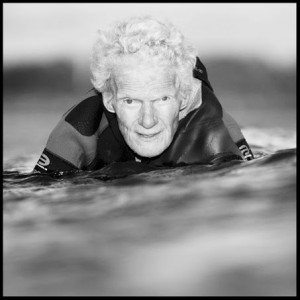 Dery Bennett passed away yesterday.
Dery Bennett passed away yesterday. 